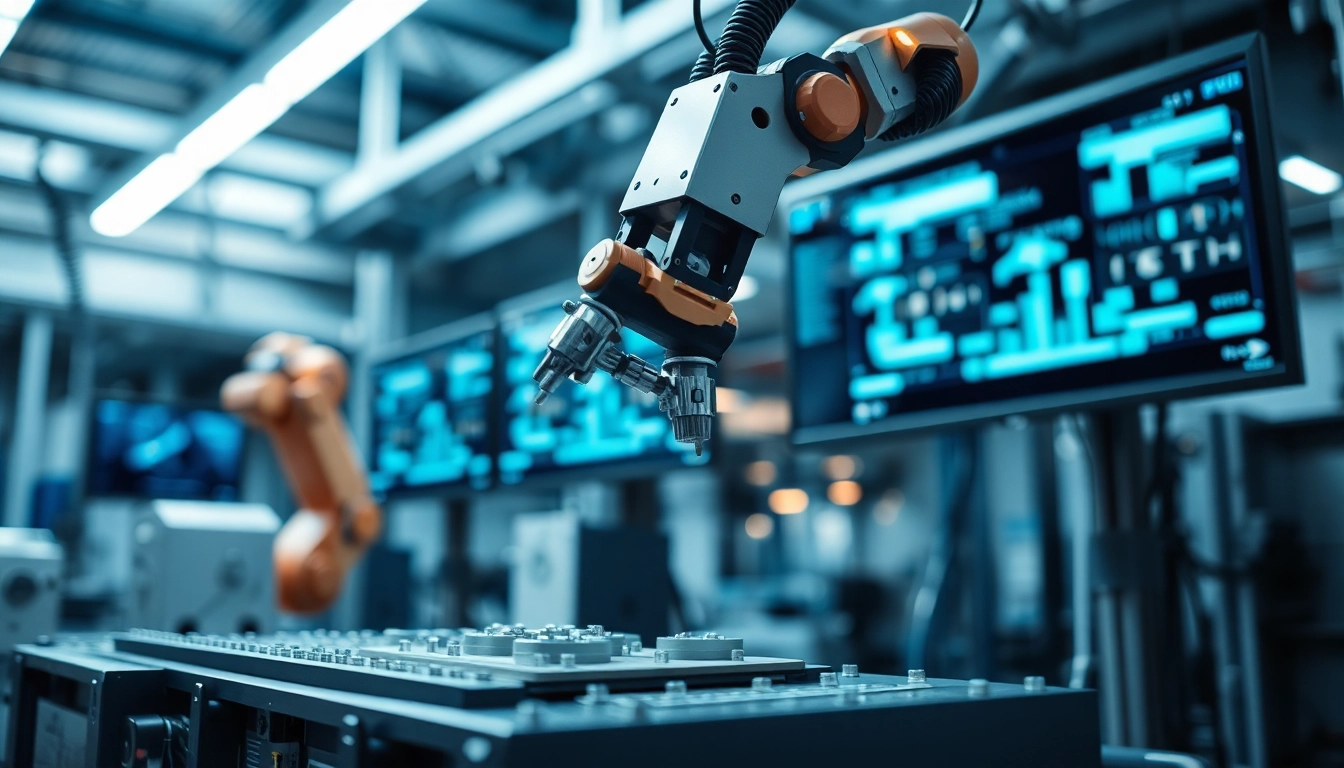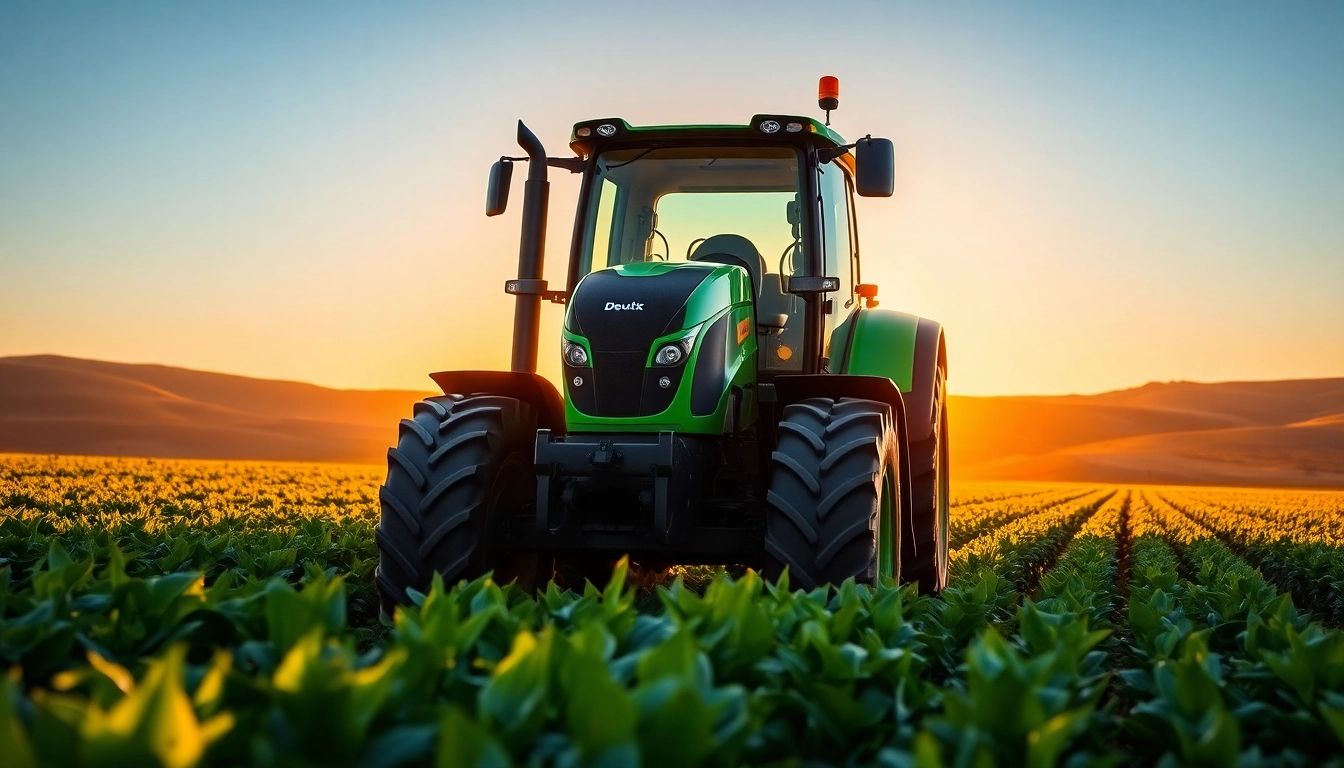Introduction to Machine Vision
In an increasingly automated world, machine vision has emerged as a revolutionary technology that enhances the efficiency and accuracy of tasks within various industries. Combining advanced imaging and sophisticated algorithms, machine vision systems simulate human sight while surpassing limitations in speed and precision. This article explores the fundamentals of machine vision, its applications, types, challenges, and emerging trends that shape its future.
What is Machine Vision?
Machine vision is defined as the technology and methods used to provide imaging-based automatic inspection and analysis. It encompasses a range of capabilities including error detection, interpretation of environmental features, and guidance for robotic systems. Unlike human vision, which is inherently subjective and influenced by numerous variables, machine vision relies on consistent parameters and objective measurements to analyze visual data. This aspect makes it particularly advantageous for tasks requiring repetitive accuracy in high-speed production environments.
Key Components of Machine Vision Systems
Machine vision systems are composed of several critical components, primarily:
- Cameras: Capture visual information from the environment and convert it into digital signals.
- Illumination sources: Provide appropriate lighting to enhance image quality and ensure accurate feature detection.
- Processing hardware: Includes CPUs or GPUs that execute algorithms for image processing and decision-making.
- Software algorithms: Analyze captured images, allowing machines to interpret and act on visual data.
- Communications interface: Connects the machine vision system to other machinery, enabling integrated operation within manufacturing lines.
Historical Development of Machine Vision Technology
The evolution of machine vision can be traced back to the early 1960s when rudimentary imaging systems were developed for industrial inspection. Over the decades, advancements in camera technology, lighting techniques, and processing power have significantly propelled machine vision capabilities. The introduction of artificial intelligence and machine learning in recent years has further enhanced the ability to interpret complex visual data, making machine vision yet more indispensable in modern industry.
Applications of Machine Vision
Industrial Automation and Quality Control
In manufacturing, machine vision systems play a crucial role in quality assurance. They are employed to inspect products on assembly lines for defects, measure dimensions, and ensure compliance with specifications. With the capability to analyze thousands of items per minute, machine vision enhances operational efficiency, reduces waste, and minimizes human error.
Machine Vision in Healthcare
In the healthcare sector, machine vision is applied for non-invasive diagnostics and imaging analysis. It enables precise identification of anomalies in radiological images and supports sophisticated surgical procedures by providing real-time feedback. The use of machine vision in early detection of diseases contributes significantly to improved patient outcomes.
Role in Robotics and Autonomous Vehicles
Machine vision serves as the “eyes” of robots and autonomous vehicles. In robotics, it aids in navigation, object recognition, and manipulation of items in dynamic environments. For autonomous vehicles, it enables lane detection, obstacle recognition, and adherence to traffic regulations. Machine vision significantly enhances the capabilities and safety of these technologies, paving the way for smart transportation solutions.
Types of Machine Vision Systems
1D, 2D, and 3D Machine Vision Technologies
Machine vision systems can be categorized based on dimensional analysis:
- 1D systems: Primarily used for linear measurements such as barcode scanning or inspections that involve a single line of sight.
- 2D systems: Capture comprehensive images providing two-dimensional analysis suitable for quality assurance in flat surfaces.
- 3D systems: Utilize multiple cameras and sophisticated algorithms to reconstruct three-dimensional representations of objects, allowing for complex shape analysis and spatial orientation recognition.
Comparison with Computer Vision
While often used interchangeably, machine vision and computer vision differ fundamentally. Machine vision is primarily focused on automated inspection and industrial applications, typically in controlled environments where consistent performance is crucial. Computer vision, on the other hand, encompasses a broader scope of applications including facial recognition, environmental understanding, and image enhancement, often utilizing advanced AI algorithms for interpretation.
Choosing the Right Machine Vision System for Your Needs
Selecting an appropriate machine vision system involves thorough consideration of specific project requirements. Factors to evaluate include:
- Application type (e.g., inspection, measurement, or guidance)
- Working environment (e.g., lighting conditions, product motion)
- Integration capabilities with existing production lines
- Budget and cost-effectiveness of implementation
Consultation with industry experts can also provide valuable insights ensuring optimal system configuration and deployment.
Challenges and Limitations
Common Issues in Machine Vision Implementation
Various challenges can arise during the implementation of machine vision systems, including:
- Lighting problems: Inadequate lighting can significantly impair image quality, leading to misinterpretations.
- Complex backgrounds: A cluttered or inconsistent environment can produce noise in visual data, complicating detection tasks.
- Integration issues: Ensuring compatibility between machine vision systems and existing infrastructure can require significant effort and expertise.
Technical Limitations and Solutions
Technical limitations such as processing time and system responsiveness can hinder performance. However, technological advancements are continually addressing these issues:
- Utilizing faster processors and optimizing algorithms.
- Adopting deep learning techniques to enhance pattern recognition capabilities.
- Employing real-time data processing methodologies to reduce latency.
Future Trends and Innovations in Machine Vision
The future of machine vision is undoubtedly promising as it integrates with diverse emerging technologies. Notable trends include:
- AI and machine learning: These technologies will further enhance the ability to learn from and adapt to new conditions, improving precision over time.
- Edge computing: This allows for the processing of visual data closer to the source, facilitating faster response times and reducing bandwidth usage.
- Collaborative robots (cobots): Increasingly, machine vision will assist cobots in real-time decision-making, making production processes more efficient and flexible.
Conclusion and Future Outlook
The Impact of Machine Vision on Industry
Machine vision is reshaping how industries operate, enhancing productivity, and ensuring quality while minimizing costs. As technology advances, its adoption across different sectors will only increase, heralding a more automated and efficient future.
Emerging Technologies and Their Necessity
The growing complexity of production processes necessitates the integration of advanced machine vision systems, as they become vital for maintaining competitive advantage. The ongoing development of smart imaging technologies will play a crucial role in addressing the demands of modern manufacturing.
Final Thoughts on the Future of Machine Vision
As machine vision continues to evolve, embracing new technologies and methodologies will determine its future trajectory. Organizations that invest in machine vision innovations will likely see substantial returns from increased efficiency, expenditure reduction, and improved products, paving the way for unparalleled growth in the era of automation.



